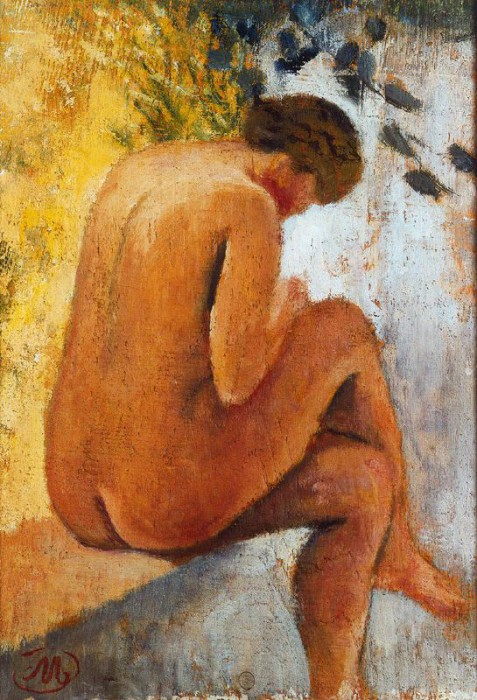
1861 - 1944
Aristide Maillol
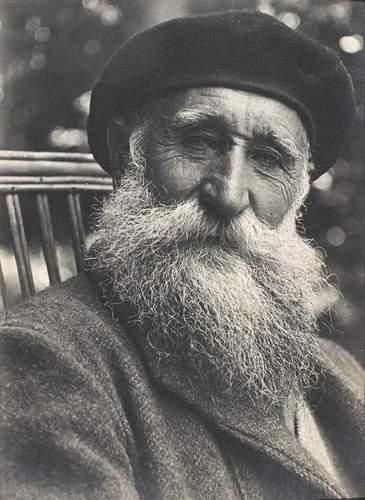
description
A French Catalan-born sculptor, master of tapestry, painter and book illustrator. He was a member of the Nabis group created by Paul Gauguin’s followers, although he did not use their sculpting techniques.
Maillol appeared in the second and main period of his creative career as one of the most original sculptors and is considered an author who made a revolutionary “return” to classical sculpture at a time when art had a vector of movement towards Abstractionism. He strove for harmony, proportionality, simplification of visual forms, gravitating towards grandeur at the end of the 19th century.
Some also catalog him as the forerunner of such sculptors as Henry Moore (blog entry made on November 15, 2009). Although, if we delve into his biography, we will know him as a versatile artist who dominated all disciplines, although he finally found a way to his style in sculpture.
Thanks to the efforts of a friend and muse of the master, Dina Verni, who throughout her life was engaged in propaganda of the work of Aristide Maillol, in 1995, the museum of the sculptor, master of decorative and applied art and painter was opened in Paris. She presented 18 sculptures to the French people on condition that they will be permanently exhibited in the Tuileries Gardens.
Aristide Maillol’s humanistic in essence and execution art had a huge impact on the work of many of the largest sculptors of the 20th century.
Key ideas:
– At the beginning of his creative career, the French sculptor was more engaged in painting, and also made tapestries. He started creating sculptures in adulthood and in his works relied on the ancient Greek culture adored by him, while preserving the specificity of life images and striving for the generalization of plastic volumes.
– Maillol called the art of Symbolist Puvis de Chavannes the strongest impression of the early 1980s. However, the decisive role in the formation of his manner was played by works of Paul Gauguin, which he studied in 1889 – he adopted from Gauguin the anti-academic, modern sound and energy of the artistic language, understanding of art as an “image” of the world. Aristide retained deep relations with Gauguin in the future.
– The style of his tapestries, as well as his paintings of the early period, was strongly influenced by Art Nouveau style and the Pont-Aven school (the “Nabis” group). Stylized simplification and a smoothly soft, meandering line will remain a distinctive feature of the creator’s style.
– Aristide Maillol sought harmony of weighty-material, and sometimes heavy forms, the integrity of sculptural surfaces and smooth silhouettes. Representing mainly naked female figures, he embodied the ideal of beauty in them, at the same time conveying either the dynamics inherent in nature, or a sense of contemplative calmness.
– The master worked on each sculpture for a long time, trying to connect its symbolic content with the images of modernity, and oriented his artistic decisions towards harmony with the environment.
1861
1881
1885
1889
1894
1899
1902
1905
1908
1925
1934
1937
1940
1944
Aristide Maillol was the son of a winegrower
He settled in Paris

Entered the École de Bozart

The sculptor met Paul Gauguin and artists of the Nabis group
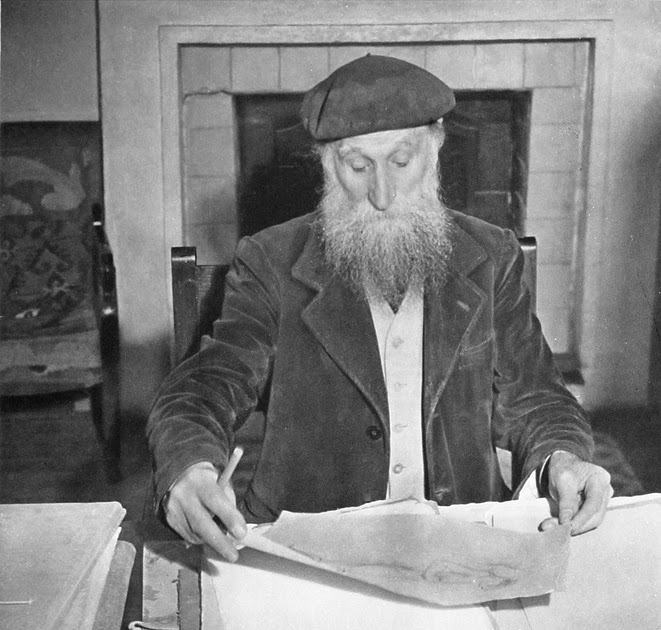
He returned home and organized a workshop of tapestry

Temporarily lost sight

Auguste Rodin visited the first solo exhibition of Maillol

“Mediterranean”

Made a long-awaited trip to Greece
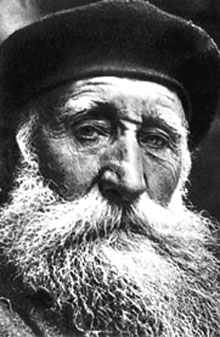
His first exhibition was held in the United States

He met a fifteen-year-old native citizen of Moldova, Dina Virni
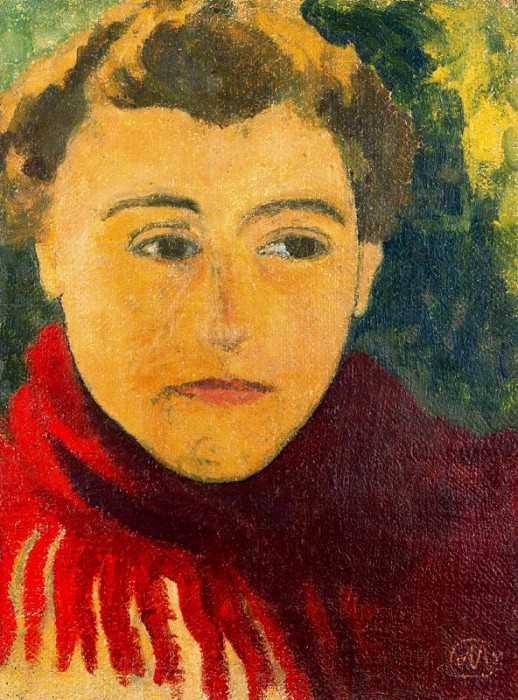
The large show took place in Paris
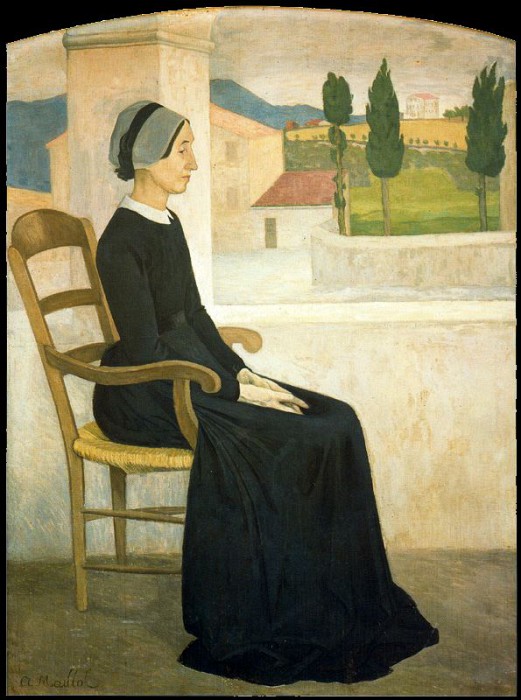
Started to work on his last monumental statue “Harmony”

The death of the artist
